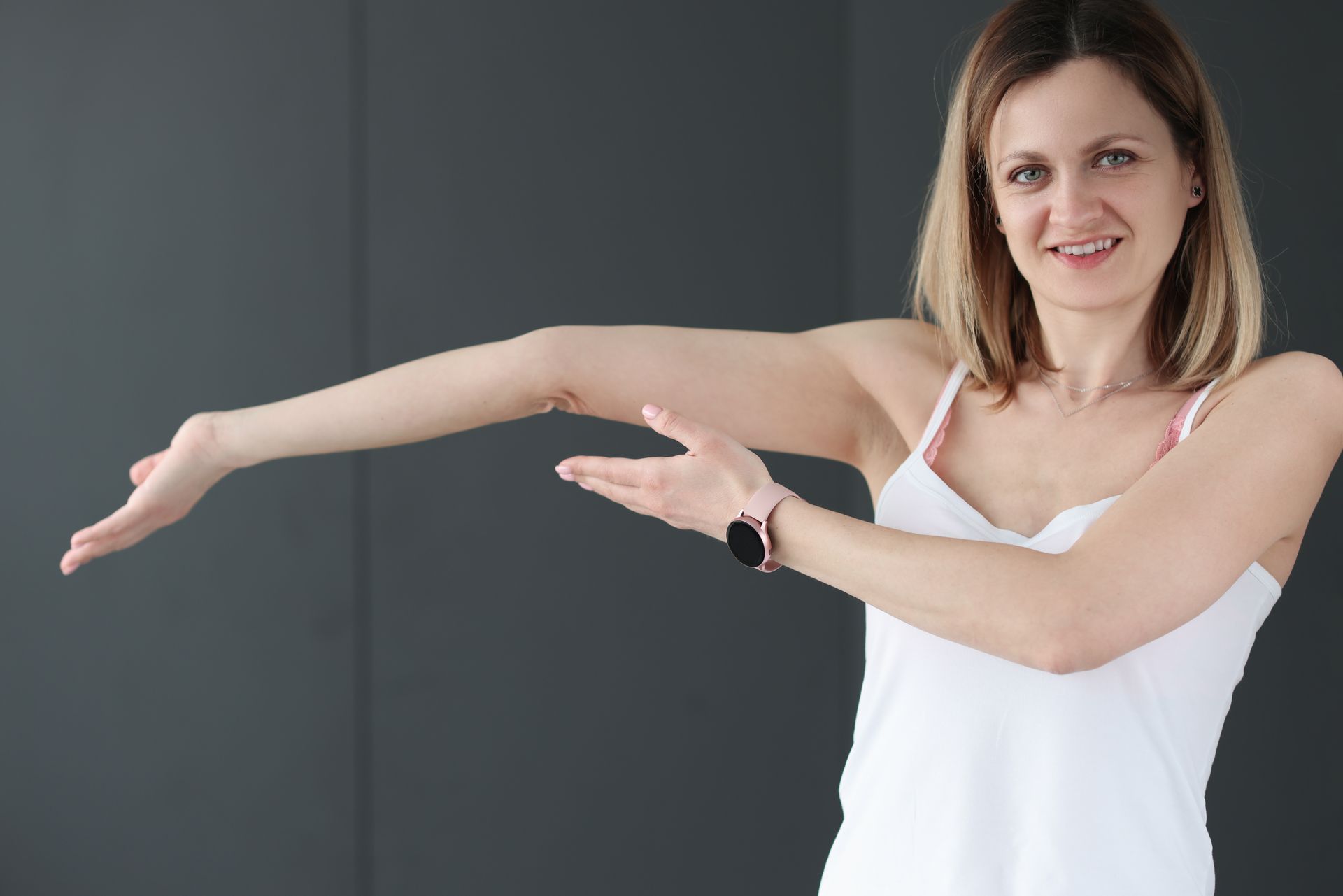Hypermobility: Stretching The Limits

Double-jointedness, also called joint hypermobility, simply means that you have greater range of motion in some or all joints than most people. How far a joint can move, referred to as its range of motion, is determined by many things, including genetic factors affecting bones and collagen (a type of connective tissue) in the joint.
Here's a simple way to find out if you have hypermobility, based on what's called the Beighton Test:
- Standing with your knees straight (but not locked), can you bend forward from the waist and put your hands flat on the floor? If yes, score one point. Be careful trying this if you have back problems.
- Can you bend one or both elbows slightly backwards? Score one point for each elbow.
- Pulling with the other hand, can you bend one or both thumbs down to touch your inner arm? Score one point for each thumb.
- Pulling with the other hand, can you bend one or both little fingers back beyond 90 degrees? Score one point for each little finger.
- Can you bend one or both knees slightly backwards? Score one point for each knee.
Most people can't do any of these things. If you can, consider yourself hypermobile in that joint. A score of at least four means you probably have generalized joint hypermobility -- that is, many of your joints are flexible beyond the normal limit. If so, you've likely been aware of this since childhood, when perhaps you were able to bend your body into curious shapes or do splits.
Hypermobility can be a plus. Being double-jointed is common among professional dancers and is advantageous, since it allows them to demonstrate feats of flexibility on stage. Some famous pianists have been noted for the unusual flexibility of their hands. Competitive athletes, notably swimmers, may profit from extra flexibility. Some training, such as yoga and gymnastics, aims to increase range of motion and may attract those who are hypermobile.
But there can be drawbacks, too. Hypermobility can occasionally cause chronic joint pain or overstretching of tendons or increase the tendency to dislocate joints, especially the shoulder. Hypermobile dancers, for example, may overdo stretching, which can make joints unstable and prone to injury. Double-jointed athletes may also be more prone to injury. According to an analysis of 18 studies, published in the American Journal of Sports Medicine, being double-jointed increases the risk of knee injuries during contact sports. Hypermobility is also a part of certain connective tissue disorders, notably Ehlers-Danlos Syndrome.
For most people hypermobility causes no problems, but if you have symptoms, such as chronic joint pain, consult a doctor, specifically a rheumatologist, for evaluation. In rare cases, people who are overly flexible have a condition called hypermobility syndrome, which is associated with connective tissue defects elsewhere in the body and may contribute to asthma, irritable bowel, or other health problems.
If you are hypermobile, a physical therapist can help reduce the risk of injury by recommending strengthening exercises that help stabilize joints, as well as activities to improve balance, coordination, and proprioception (the ability to sense where parts of the body are in space, without relying on vision).
